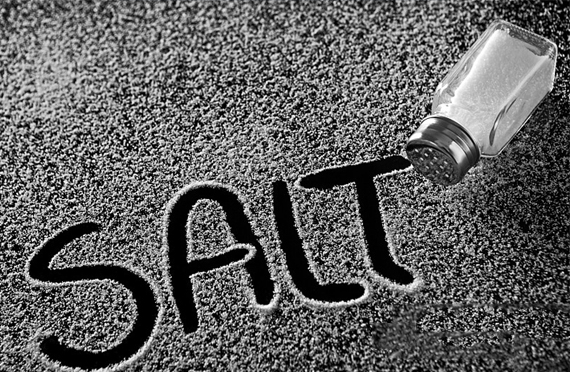
Prevention and treatment Iodine deficiency
Iodine deficiency is considered to be the most common endocrinopathy and most preventable cause of mental retardation globally In 1998, one-third of the world's population lived in iodine-deficient areas.
The oceans are the worldwide repository of iodine; very little of the earth's iodine is actually found in soil. Iodine in the soil is deposited as a result of vola-tilization from ocean water caused by ultraviolet radia-tion. As a result, coastal soils are significantly higher in iodine than soils further inland. So-called goiter belts can occur in areas of elevated soil iodine because iodine is bound strongly to soil and vegetable crops are poor iodine sources.
Iodine deficiency is generally recognized as the most commonly preventable cause of mental retardation and the most common cause of endochnopathy (goiter and primary hypothyroidism).Iodine deficiency becomes particularly critical in pregnancy due to the consequences for neurological damage during fetal development as well as during lactation.

How to prevent iodine deficiency?
In nearly all countries the best strategy to provide individuals,additional dietary iodine is the addition of iodine to salt.
It is simple, effective, safe, and inexpensive.lodine can be added to salt in the form of potassium iodide (KI) or potassium iodate (KIO3). Because KIO3, has increased stability in the presence of salt impurities, humidity,and porous packaging, it is the recommended form.lodine is usually added at a concentration of 20-40 mg iodine per kg salt, depending on local salt intake.
Worldwide, more than 70% of households in low-income countries are using iodised salt.But in high -income countries, because 80-90% of salt consumption comes from purchased processed foods, the supply of iodine is not sufficient if only household salt is iodised.Thus, the food industry has to be persuaded to use iodised salt in their products, either through advocacyor legislation.
The price difference between iodised and non-iodised salt isnegligible. Salt iodisation is compatible with efforts toreduce salt consumption to prevent chronic diseases; iodisation methods can fortify salt to providerecommended iodine intakes even if salt intakes perhead are reduced to less than 5 g per day.
Related recommendation
- 1.Skrd participates in 2021CACLP with second-generation products
- 2.CMEF2020,Skrd unveiled second-generation products.
- 3. Silky-Road Medical won the title of "High-tech Enterprise"
- 4. Silky-Road Medical national clinical Laboratory Quality Assessment report in 2020 was 100% approved
- 5.Skrd attended the 2021 CMEF exhibition and presented with Iodine detection products
- 6.Skrd invite you to participate in the 18th China Association of Clinical Laboratory Practice Expo
- 7.Skrd attended the 2020 CACLP exhibition and presented with patented products
- 8.Skrd Medical's products have obtained the CE Conformity Certificate
- 9.Silky-Road Medical's 2019 China Clinical Laboratory Quality Evaluation Report was 100% passed
- 10. Silky-Road Medical's first national clinical Laboratory Quality Assessment report in 2020 was 100% approved
- 11.Pregnant women are the key population for urinary iodine testing
- 12.Pregnancy Prepare for Urinary Iodine Test to Have a Healthy Smart Baby
- 13.The importance of iodine for pregnant women
- 14.How to choose automatic iodine detector?
- 15.Prevention and treatment Iodine deficiency
- 16.The neccessery of urinay iodine detection
- 17.Your hair loss may cause by iodine thyroid function
- 18.Scientific Iodine Supplementation for Smarter Life
- 19.Sliky-road intelligemt automatic urinary iodine
- 20.how to choose blood iodine test or urinary iodine test
